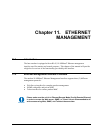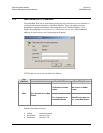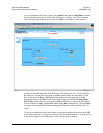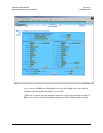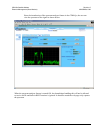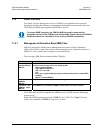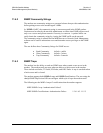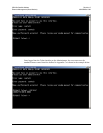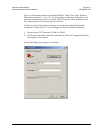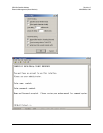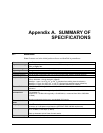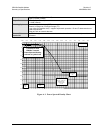
CDM-Qx Satellite Modem Revision 5
Ethernet Management (Base Modem) MN/CDMQx.IOM
11–9
11.4.2 SNMP Community Strings
The modem uses community strings as a password scheme that provides authentication
before gaining access to the modem agent’s MIBs.
In “SNMP v1/v2c”, the community string is sent unencrypted in the SNMP packets.
Caution must be taken by the network administrator to ensure that SNMP packets travel
only over a secure and private network if security is a concern. A packet sniffer can
easily obtain the community string by viewing the SNMP traffic on the network.
The community string is entered into the MIB Browser or Network Node Management
software and is used to authenticate users and determine access privileges to the SNMP
agent.
The user defines three Community Strings for SNMP access:
• Read Community default = public
• Write Community default = private
• Trap Community default = comtech
11.4.3 SNMP Traps
The modem has the ability to send out SNMP traps when certain events occur in the
modem. The modem sends out traps when an alarm or a fault occurs in the modem.
These include unit faults, TX faults, RX faults, and ODU faults. A trap is sent both when
a fault occurs and is cleared.
The modem supports both SNMPv1 traps and SNMPv2 notifications. The user using the
cdmQxSNMPTrapVersion OID can configure which style of traps the modem sends.
The following are the MIB2 v1traps/v2 notifications that the modem supports:
MIB2 SNMPv1 trap: Authentication Failure 5
MIB2 SNMPv2 notifications: Authentication Failure 1.3.6.1.6.3.1.1.5.5



